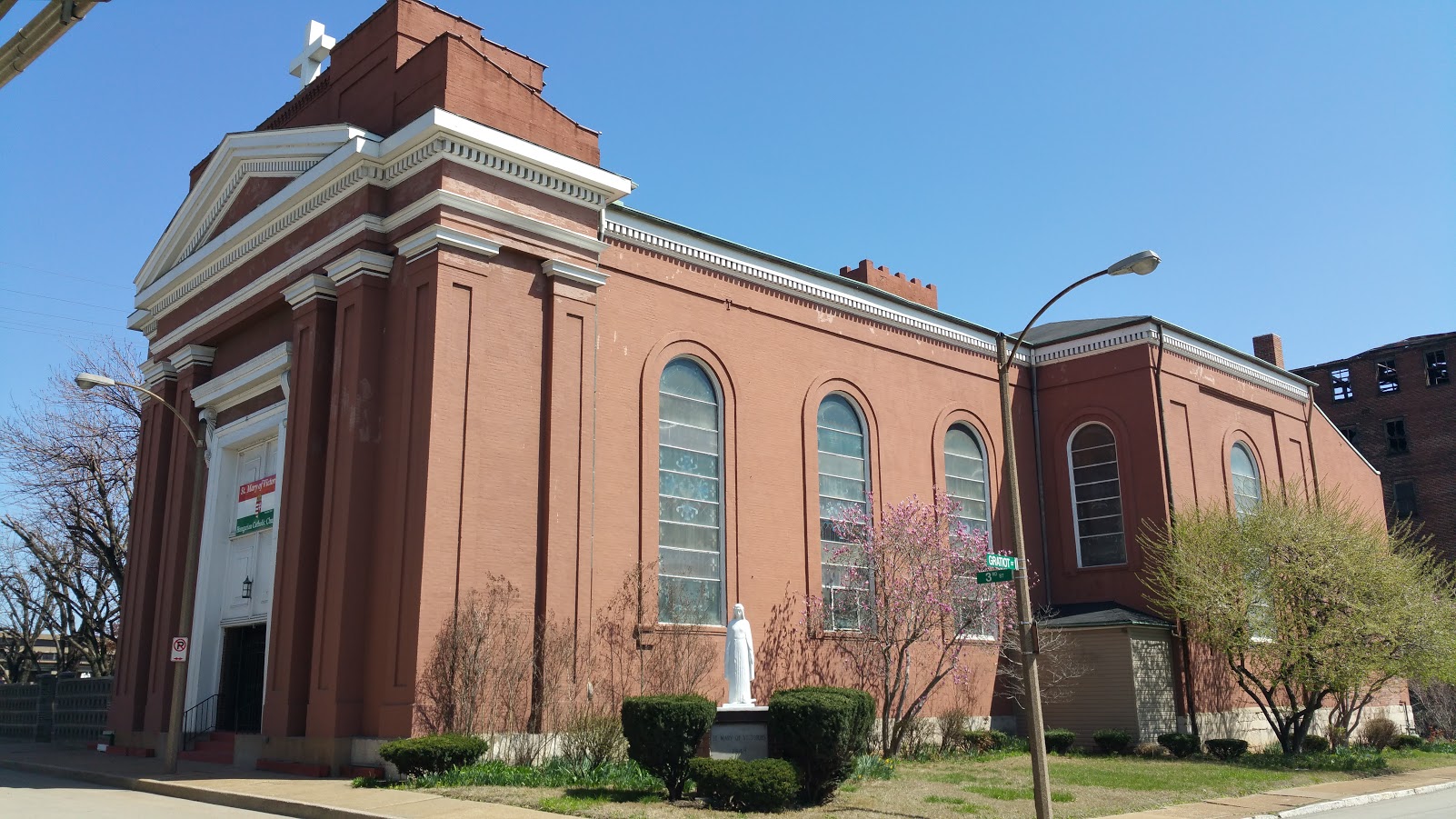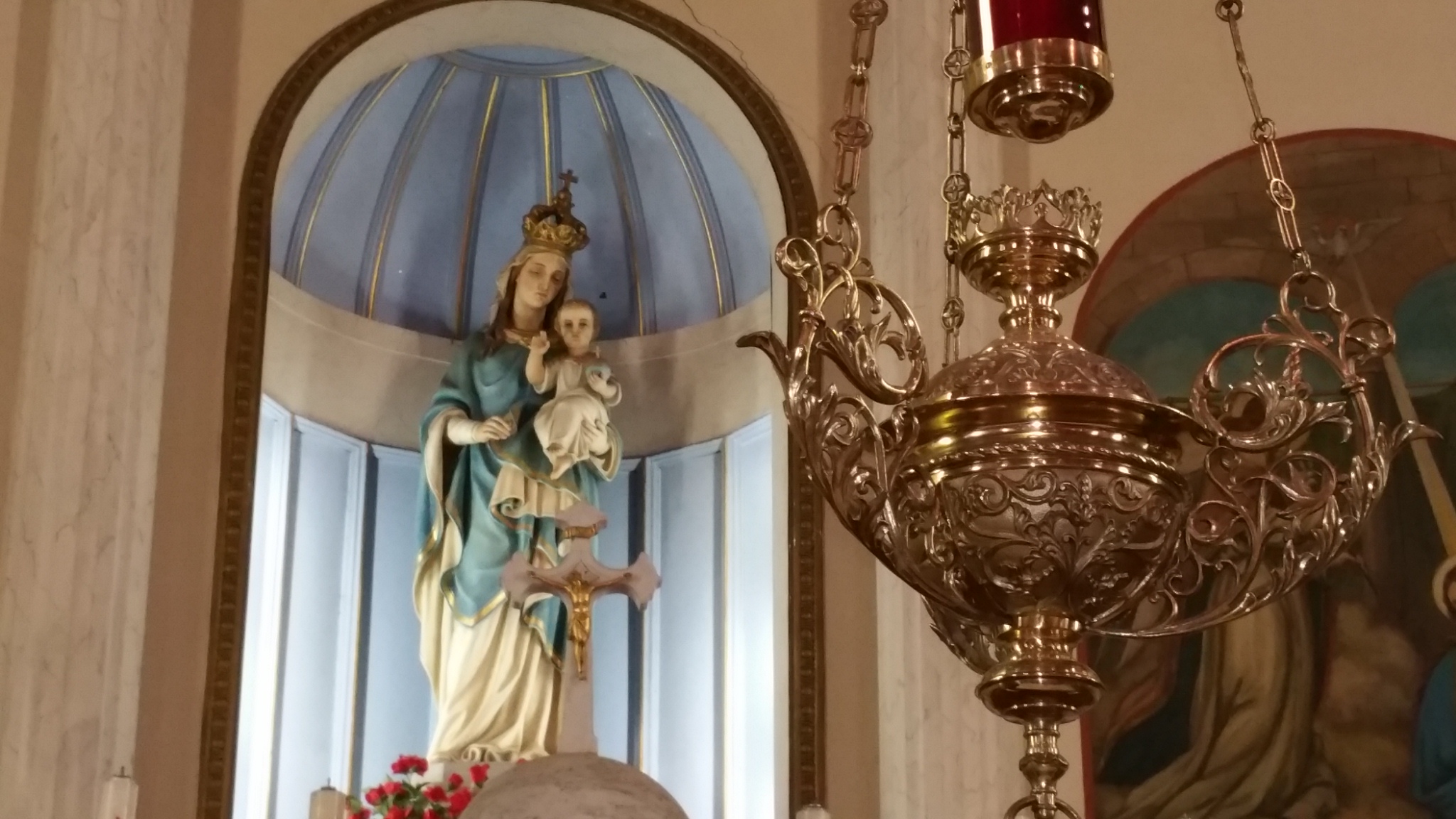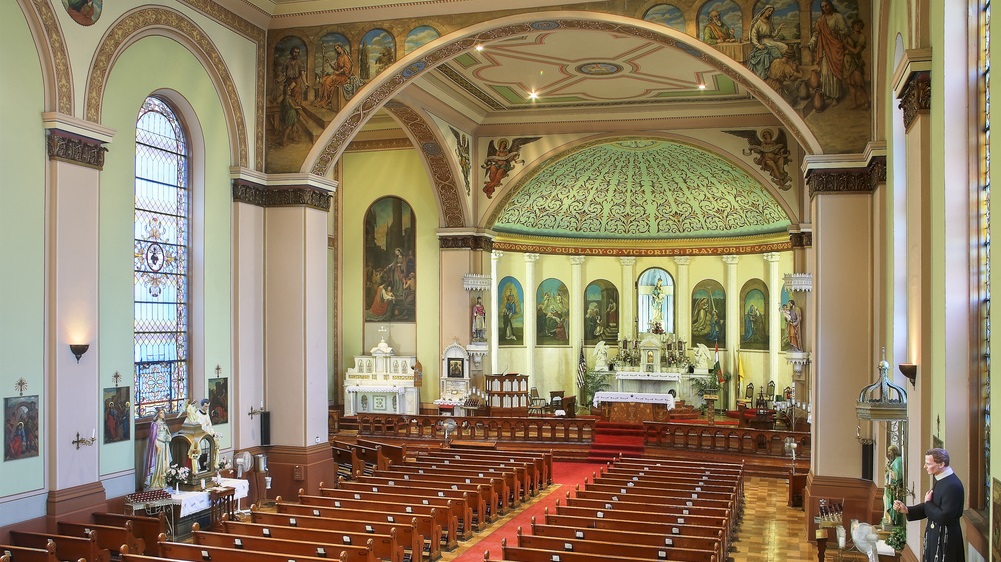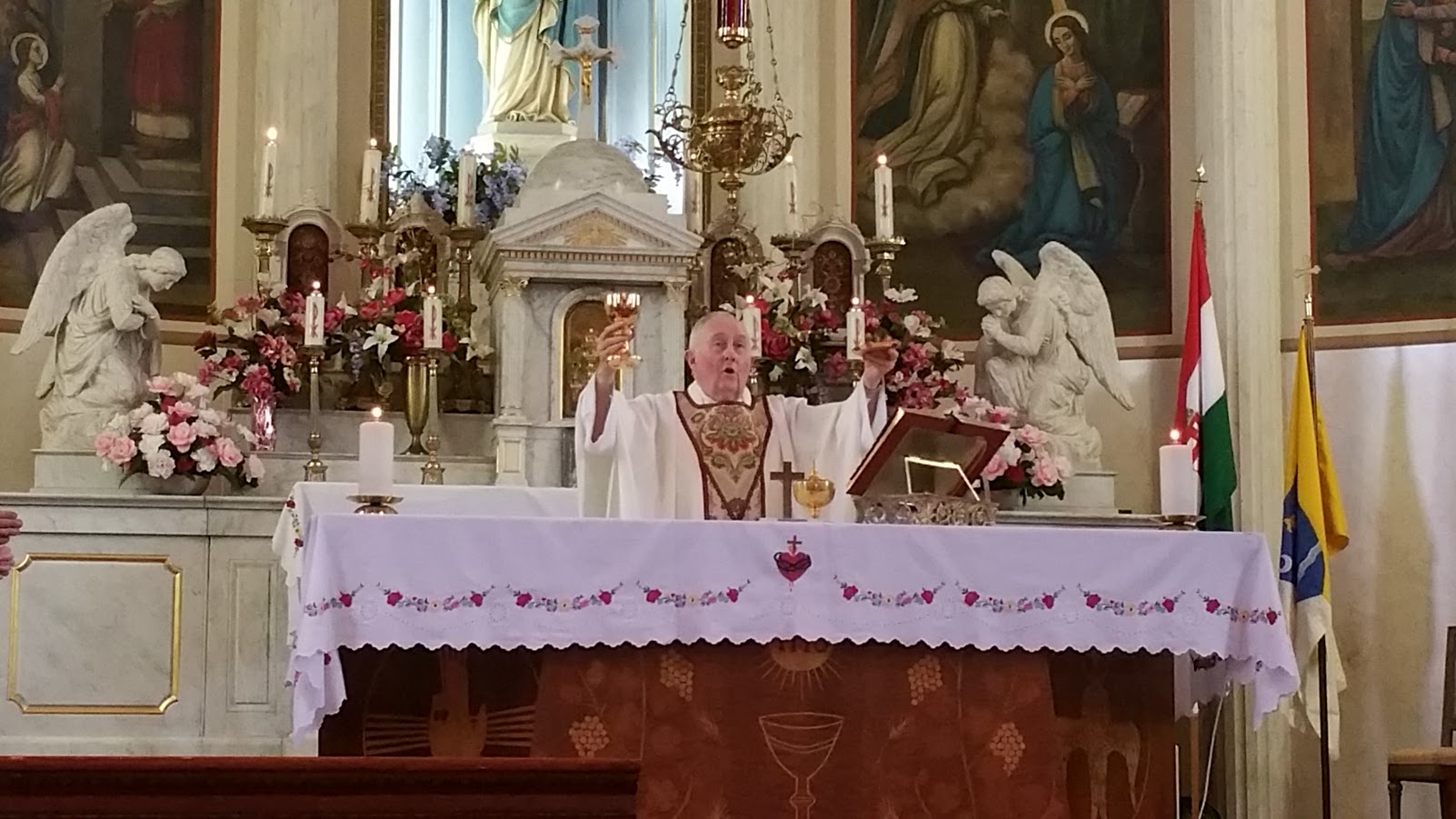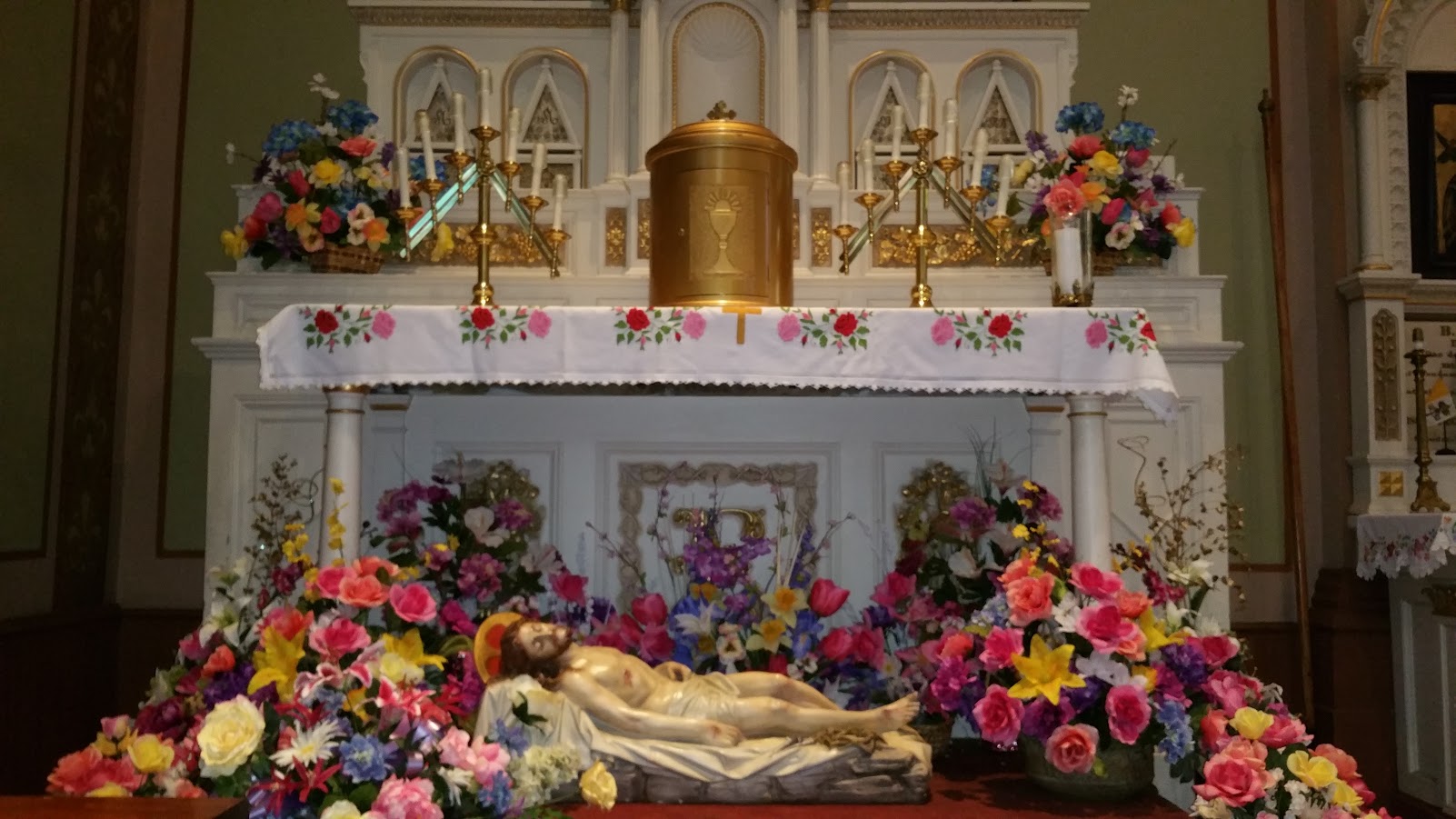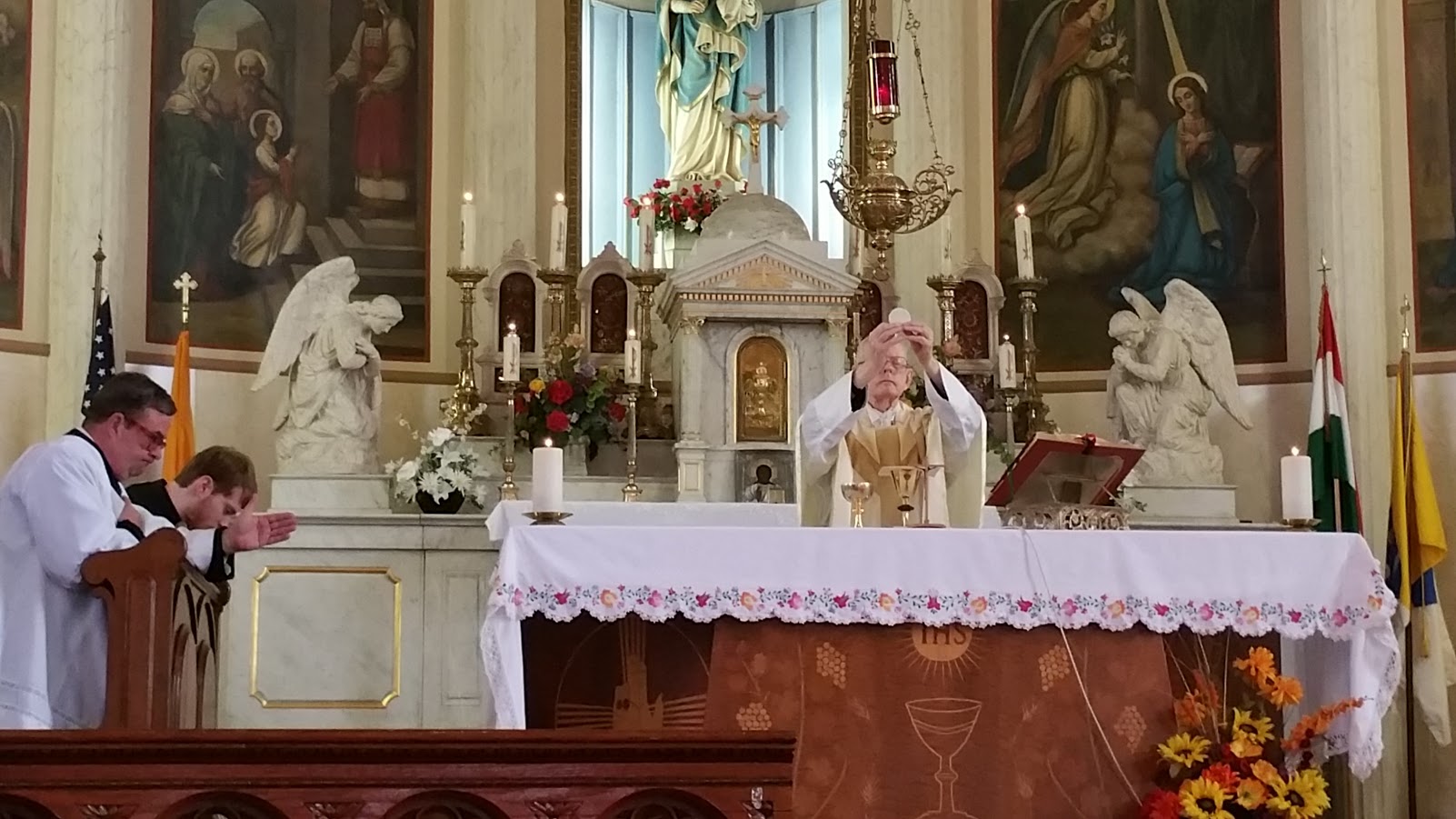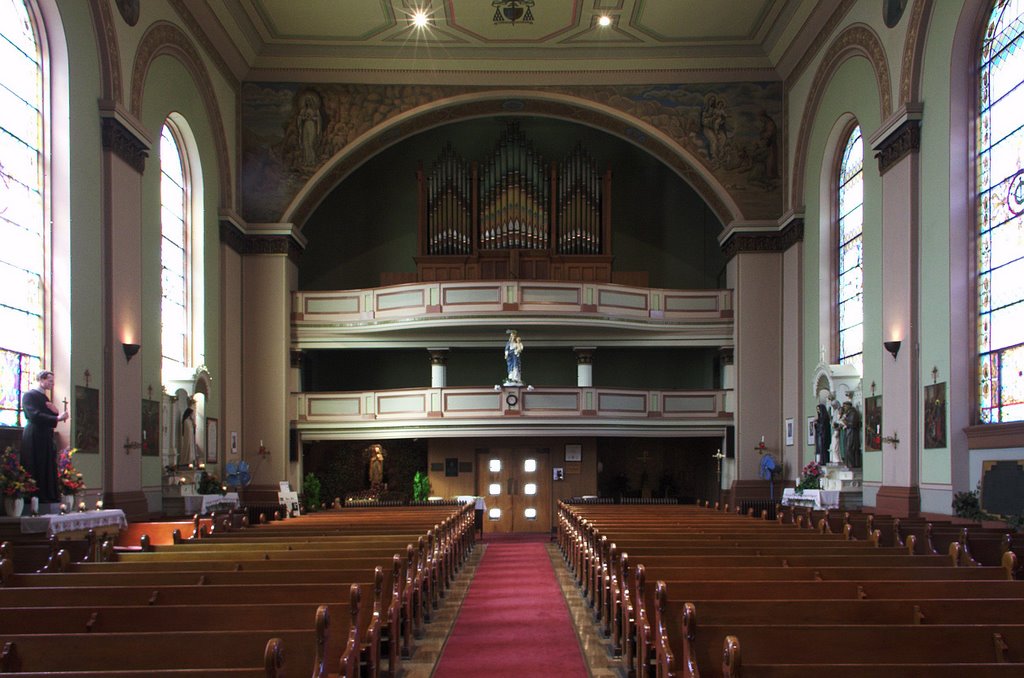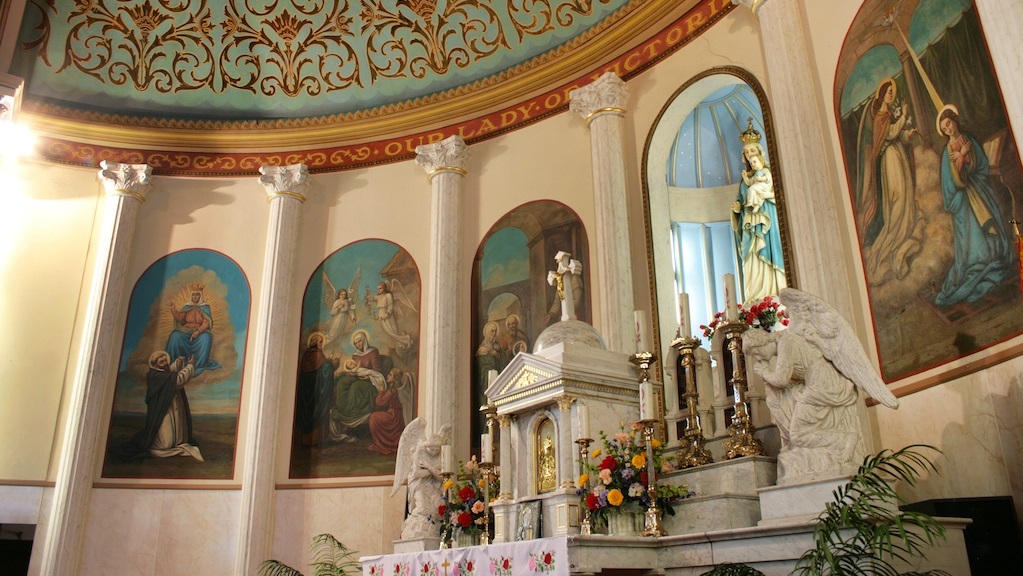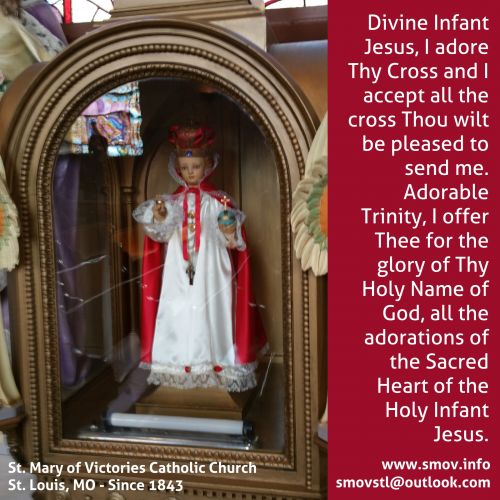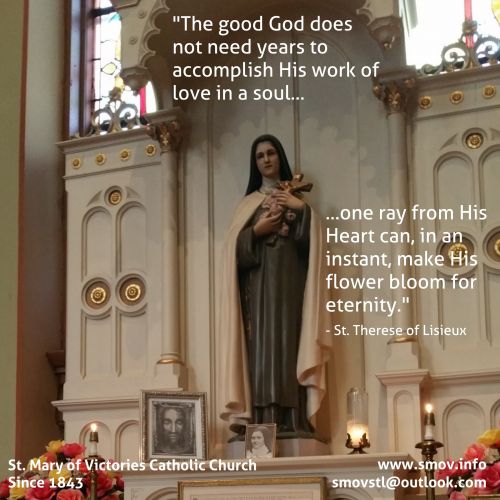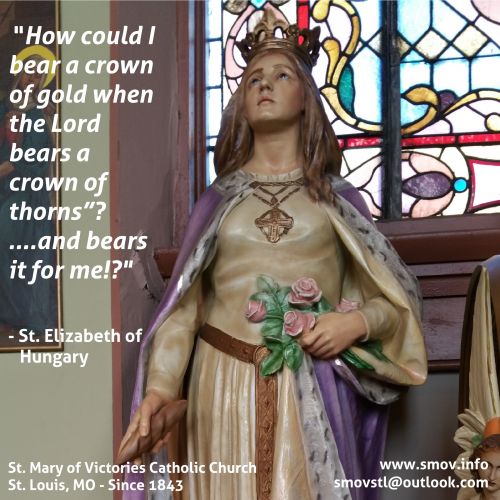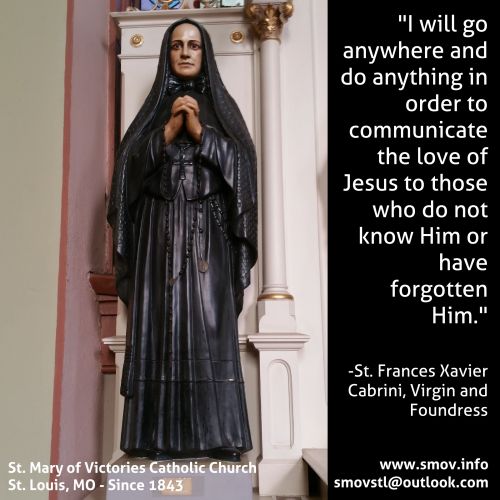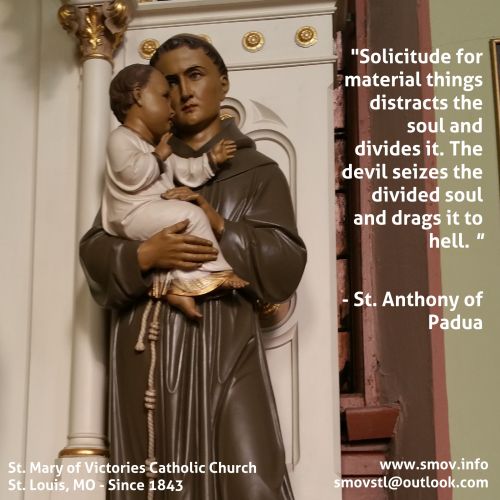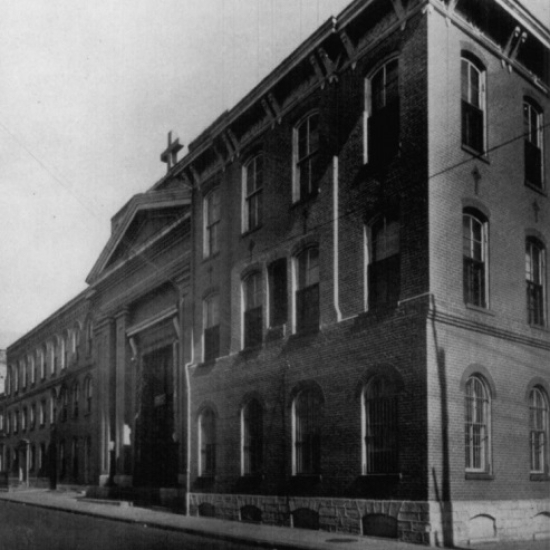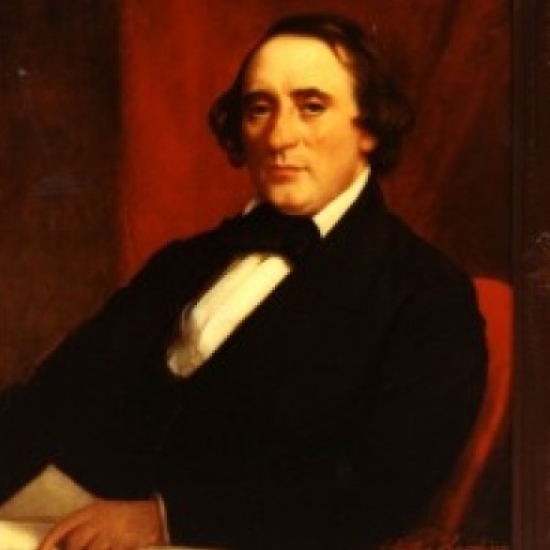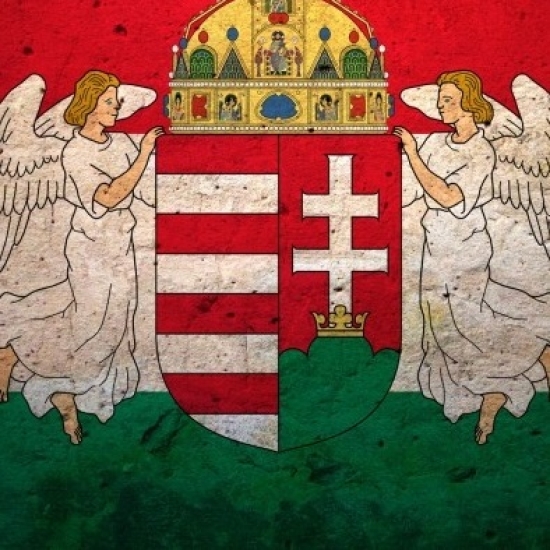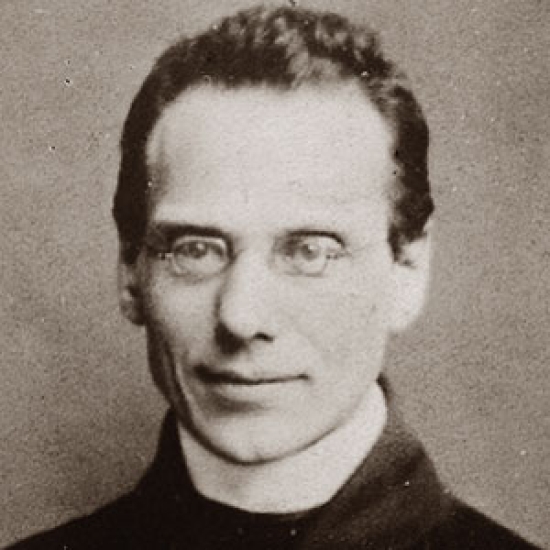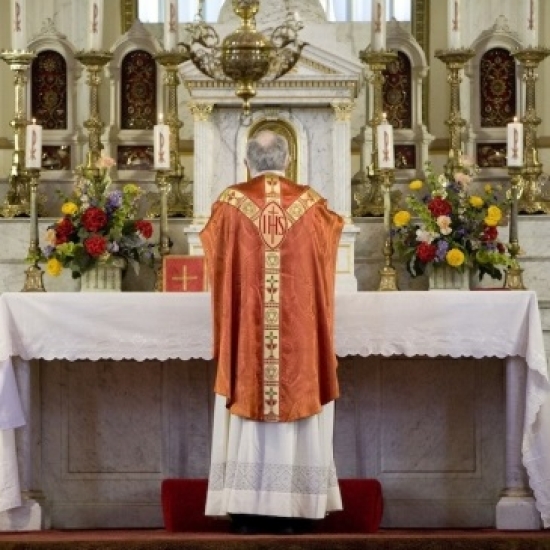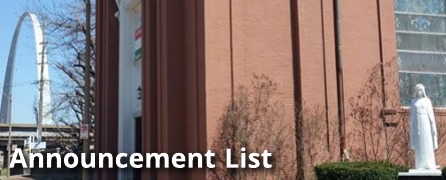Below is a brief reflection on 3 of the oldest Canticles of the Easter Vigil from the March issue of Oremus, the magazine of Westminster Cathedral.
Contemplating our salvation: canticles of the Easter Vigil
In the liturgical drama that underlies the rites of Holy Week and the Sacred Triduum, there are a number of obvious high points that command our attention. The washing of feet during the Mandatum and the procession to the Altar of Repose on Holy Thursday evening, the chanting of St John’s Passion and the veneration of the Cross in the Solemn Liturgy of Good Friday, and the Exultet over the paschal candle and the blessing of water during the Easter Vigil are all vivid actions that move our minds and emotions toward a deeper understanding of the meaning of our divine Lord’s death and resurrection and how it must take root more deeply in our lives. But there are also quieter moments that afford us an opportunity to contemplate that great Paschal Mystery. Prominent among these are the great responsories to the readings during the Easter Vigil.
Recently, the Holy Father has been restoring the singing of the Gradual in many of the public Masses that he celebrates. This is common practice at sung Masses at Westminster Cathedral, where we enjoy the blessing of capable cantors; but for most Catholics, it is a rare experience. Even before the liturgical changes after Vatican II, only a handful of parishes would have had singers willing and able to sing the Gradual in full. And since the current Lectionary was promulgated in 1970, the option of the Responsorial Psalm has become nearly ubiquitous. But these chants, sung by a soloist or a few select voices, provide the rest of us with a moment of deep calm amid the otherwise very busy Liturgy of the Word. After listening to the Scriptures proclaimed to us, we have a time to reflect and respond inwardly to what we have heard. The Gregorian melodies are elaborate, belonging to the chant type known as melismatic. There are so many notes over some syllables that we lose touch with the text, and find ourselves moved on a higher level by the soaring sound alone. For a few moments, we can hear an echo of the eternal song that transcends language, time, and place, as St Augustine so eloquently puts it.
The Easter Vigil responsories are among the oldest and most venerable of these chants, some of which St Augustine tells us were already established in his day. Though the melodies have undergone changes since then, their use as tools of contemplation has endured. The readings remind us of the most dramatic moments of the history of our salvation; God created the world and all that is in it to be a reflection of and to have a share in His own goodness. After each reading, we pause to reflect on the astounding goodness of God and the bounty of His loving kindness that he would give us a share in His own divine life. All this He continues to offer despite our own sinful failure to return that great love. We look briefly at the three oldest of these, the canticles Cantemus Domino, Vinea facta est, and Attende caelum.
After the dramatic reading from Exodus 14 of the Israelites’ crossing of the sea and being saved from the hands of the Egyptians, the text itself dictates our natural response: the song the Israelites sang after their deliverance. The first two verses of that song, which are the next verses of Exodus that follow those of the reading, make up the canticle Cantemus Domino.
Let us sing to the Lord, for He has been gloriously triumphant.
Horse and charioteer he has thrown into the sea.
He has become my strength and my protection for my salvation.
This is my God and I will honour Him; my father’s God and I will exalt Him.
The Lord who shatters the forces of war—Lord is His name.
If you are in the Cathedral often, the melody of this canticle—as well as the other two—may seem familiar. Parts of it can be heard in several graduals and tracts sung for us through the year. At some points, we can experience the melisma phenomenon described above. In fact, on the final syllable of the Latin text, (il-)li, the cantor sings 38 notes on that single sound. As the notes come in rapid succession, the net effect is just what the composer intended. No words required; our listening is our active participation. We are moved in body and mind to a higher plane, where for that brief moment we have a capacity to be more intimately united by our inner silence to the One who is Saviour and Lord. We know in our hearts that He indeed saves us, here and now, just as He saved the people of Israel from their slavery so long ago. We can flee from the sin and slavery that pursue us, and we can rightly expect His powerful help and protection.
Vinea facta est is the famous song of the vineyard in the first part of the Prophet Isaiah (5:1-2).
My beloved had a vineyard on a hill in a very fertile place.
He built a wall around it, and dug a ditch around it, and planted it with the vine of Sorec.
He built a watchtower in the midst of it, and hewed out a wine vat in it.
Now the vineyard of the Lord of hosts is the house of Israel.
The canticle is given to us as a response to a reading from the second part of the Prophet Isaiah, chapter 55, which begins with the all too familiar invitation to ‘Come to the waters and drink . . . without cost,’ a favourite of modern composers of ‘pop’ music intended for the liturgy. Unfortunately, these pop renditions often ignore key passages in the reading that remind us that we owe God something in return for his many gifts: He deserves our fidelity. The Church, in her wisdom, gives us this canticle to remind us that our interior disposition must have that fidelity. Like many chants, the canticle was composed in an age when, contrary to popular misconceptions, people were actually more familiar with scripture than most fervent fundamentalists are even today. It only sings a verse or two, but that would be enough to remind those listening of the rest of the canticle, in which the Lord tells Israel the woes that will befall them because ‘He looked for justice, but saw bloodshed; for righteousness, but heard cries of distress.’ (Is 5:7) We need to reform our lives so that we who are the Lord’s vineyard now bear good fruit. As we celebrate the night of our deliverance and empowerment, we are asked to rededicate ourselves to that.
The canticle Attende caelum responds to a reading too seldom heard in most celebrations of the Easter Vigil. It comes from the book of the scribe Baruch, disciple and secretary of the Prophet Jeremiah. It is a poem of praise to Wisdom, personified as a woman, a common theme in the late Old Testament period. It admonishes Israel, living with the pain of exile, to change its sinful ways and return to the faithful God whom they have abandoned.
You have forsaken the fountain of wisdom.
If you had walked in the way of God, you would be living in peace forever.
Learn where there is wisdom, where there is strength, where there is understanding,
so that you may at the same time discern where there is length of days, and life,
where there is light for the eyes, and peace.
A few verses later, we have a recap of texts we heard earlier in the Vigil:
The one who prepared the earth for all time filled it with four-footed creatures; the one who sends forth the light, and it goes; he called it, and it obeyed him, trembling; the stars shone in their watches, and were glad; he called them, and they said, ‘Here we are!’ They shone with gladness for him who made them.
This is our God; no other can be compared to him. He found the whole way to wisdom, and gave her to his servant Jacob and to Israel, whom he loved.
Afterwards she appeared on earth and lived with humankind.
She is the book of the commandments of God, the law that endures forever.
All who hold her fast will live, and those who forsake her will die.
Turn, O Jacob, and take her; walk towards the shining of her light.
Do not give your glory to another, or your advantages to an alien people.
Happy are we, O Israel, for we know what is pleasing to God.
To which our canticle from the book of Deuteronomy (32:1-4) responds:
Give ear, O heavens, and I will speak, and let the earth hear the words from my mouth.
May my speech be awaited as the rain, my words drop down like the dew, like gentle rain upon the tender grass, and like snow upon the hay.
For I will proclaim the name of the Lord; ascribe greatness to our God!
God, his works are true, for all his ways are justice. God is faithful and without iniquity, righteous and holy is the Lord.
And so the Vigil gradually reminds us that the whole history of God’s interaction with us—from creation to sin to Israel to Incarnation to Death to Resurrection to Pentecost to right now—is a manifestation of His loving wisdom, as Blessed John Henry Newman’s great hymn reminds us. Jesus Himself is the true Wisdom, now come to us in human flesh. He Himself is the Way to salvation, to genuine freedom to be who we really are in God’s plan for our eternal happiness, to share His own life.
In this Year of Faith, the Holy Father has asked us to spend more time in meditation on the Scriptures and let the Holy Spirit help us find new meaning there for our lives in a world increasingly hostile to the divine plan for our happiness. Listening attentively to the canticles of the Easter Vigil is an opportunity to do that.
